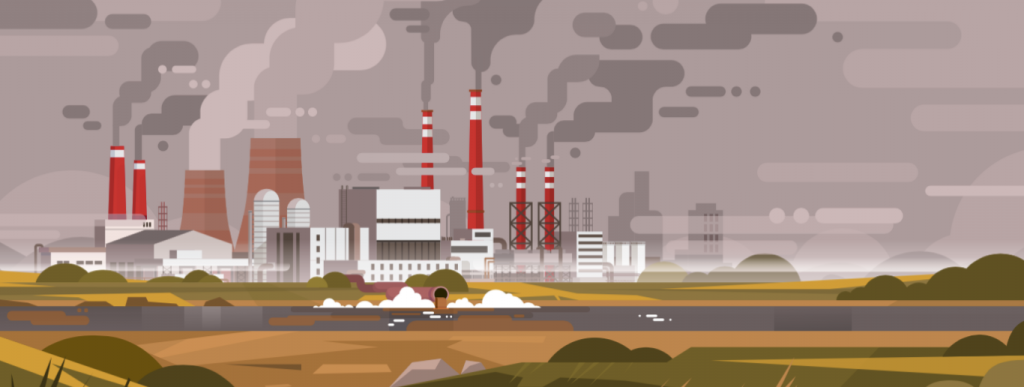Dr. Ananya Roy is a Senior Health Scientist
[pullquote]
City leadership can ill afford to ignore this issue and must strive for opportunities to prevent new cases of asthma.
[/pullquote]
A landmark new study shines a light on the massive impact of vehicular air pollution on the health of our children. The study estimates that nitrogen dioxide (NO2) – a key traffic air pollutant – leads to approximately 4 million new asthma cases in children across the globe, or 1 in 10 new cases.
To address this pervasive threat, leaders need local data to create targeted approaches and policies. That’s why Environmental Defense Fund (EDF) is leveraging sensor technology to develop novel methods to measure and map air pollution – including NO2 concentrations – block by block in cities across the world, from Oakland to Houston to London.
Cities bear the worst burden
The study, released this month in The Lancet Planetary Health, finds that children living in cities are most at risk of asthma due to NO2 pollution. A staggering 90% of all new cases due to traffic were in urban and adjoining suburban areas.











